Description
Stainless Steel Hexagonal Stud Bolts With Right Hand Left Hand Threaded
The Stainless Steel Hexagonal Stud Bolts With Right Hand Left Hand Threaded is a 304 SS material hexagonal stud bolt with a reverse-thread and regular right-hand bolt.
DGMF Mold Clamps Co., Ltd is the Stainless Steel Hexagonal Stud Bolts With Right Hand Left Hand Threaded supplier in China, mold clamps manufacturer in China, we also provide the injection mold components, die press components, machine tools, fasteners for your best choice.
Contact us for more Stainless Steel Hexagonal Stud Bolts With Right Hand Left Hand Threaded details.
Stainless Steel Hexagonal Stud Bolts With Right Hand Left Hand Threaded Specifications
| M4X10 | M5X10 | M6X10 | M8X10 | M10X10 | M12X10 |
| M4X15 | M5X15 | M6X15 | M8X15 | M10X15 | M12X15 |
| M4X20 | M5X20 | M6X20 | M8X20 | M10X20 | M12X20 |
| M4X25 | M5X25 | M6X25 | M8X25 | M10X25 | M12X25 |
| M4X30 | M5X30 | M6X30 | M8X30 | M10X30 | M12X30 |
| M5X35 | M6X35 | M8X35 | M10X35 | M12X35 | |
| M5X40 | M6X40 | M8X40 | M10X40 | M12X40 | |
| M12X45 |
A right-handed thread runs clockwise, and a left-handed thread runs anti-clockwise. Turning a threaded rod upside-down does not reverse the direction of its threads.
How to distinguish between orthodontic and reverse screws?
In daily life, many friends find that when they loosen the screws, they will find that they are tightened and tightened. After trying left and right, they found that some screws were unscrewed counterclockwise. Why is there such a situation?
The reason is that some screws are divided into positive thread and reverse thread, and can also be orthodontic and reverse thread.
Orthodontic teeth are common. Tighten clockwise and loosen counterclockwise. However, there are fewer applications for reverse teeth. The tightening method is opposite to that of orthodontic teeth.
Anti-thread screws are generally made according to needs and requirements, usually to prevent reversion. According to the direction of rotation, it is less likely to cause torque attenuation than a right-handed screw and is more reliable.
For example, dangerous equipment such as gas tanks is anti-wire, in order to prevent unknowing people from opening and causing danger.
We must also develop a habit. When the screw cannot be unscrewed according to the habit, or even tightened more tightly, it should be considered that the screw switch cannot be opened casually, and the operation should be performed after understanding the situation.
There are many examples, such as the wheel screws of some trucks are left and right.
How to distinguish between orthodontic and reverse teeth? It’s very simple. You can hold the screw with your right hand. If the helix angle of the thread is toward the thumb, it is orthodontic, and vice versa.
However, usually, anti-wire screws will have an engraved logo, so you can also pay attention to it.
How does a nut distinguish between orthodontic and reversed teeth?
Nuts are generally right-handed, also called orthodontics. Sometimes a nut with reverse teeth is needed. How do we distinguish it?
It is very simple, that is, you take the nut and put it in front of you to see the direction of the thread. Right-handed (orthogonal) means that the screw rotates clockwise. Left-hand (anti-tooth) rotation is counterclockwise.
Tighten the orthodontic screw clockwise, and tighten the counter-clockwise screw;
Orthodontic screws are more common and are usually used to reinforce objects. The counter-thread screw is made to prevent reversal.
It is less likely to cause torque attenuation than the right-handed screw and is more reliable. Hold the screw tightly with your right hand. If the spiral angle of the thread is toward the thumb, it is an orthodontic screw, otherwise, it is a reverse screw.

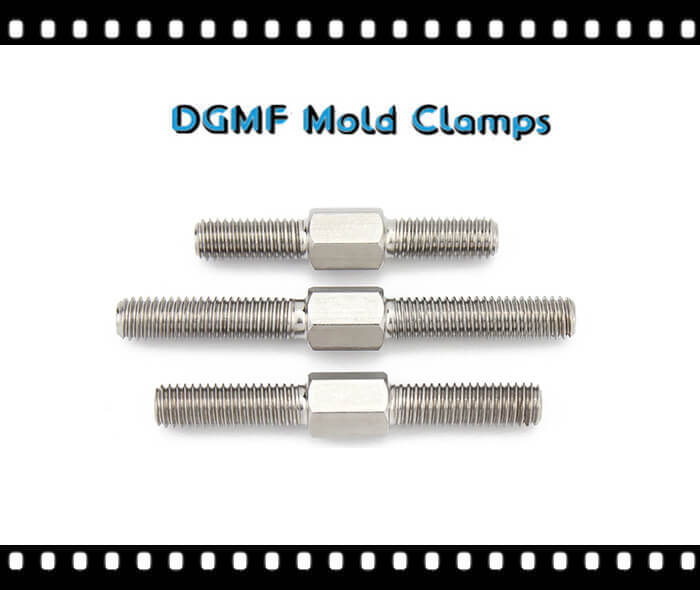

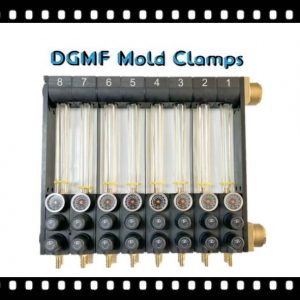
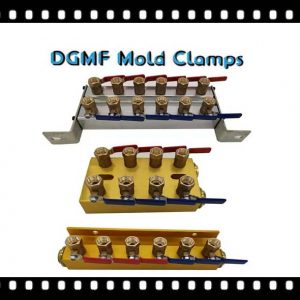

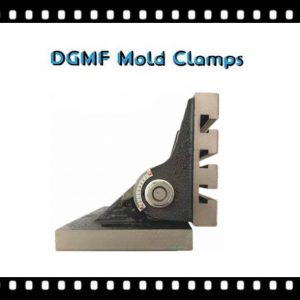


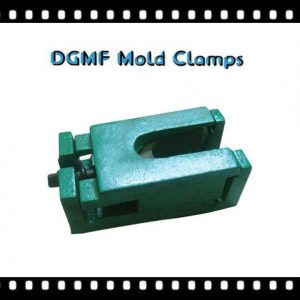
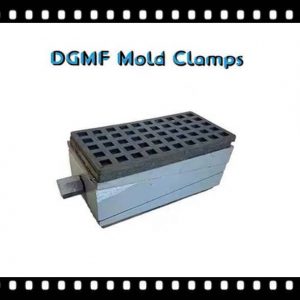

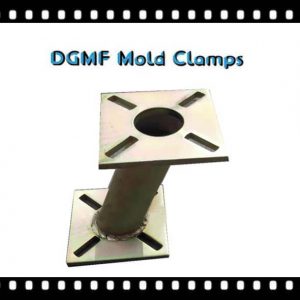
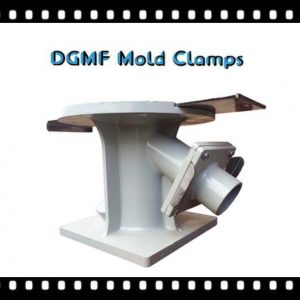
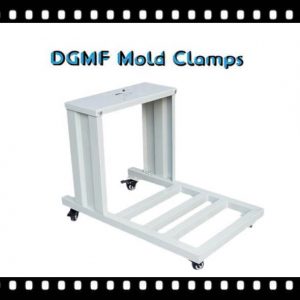
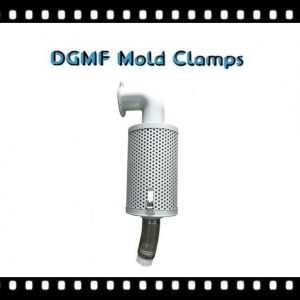

Reviews
There are no reviews yet.